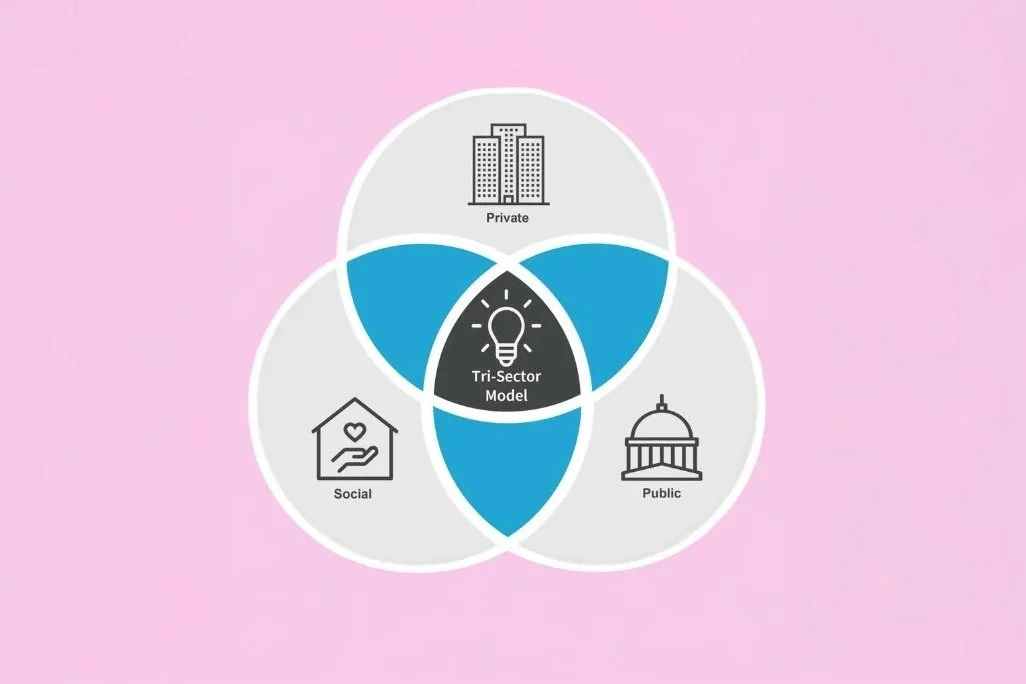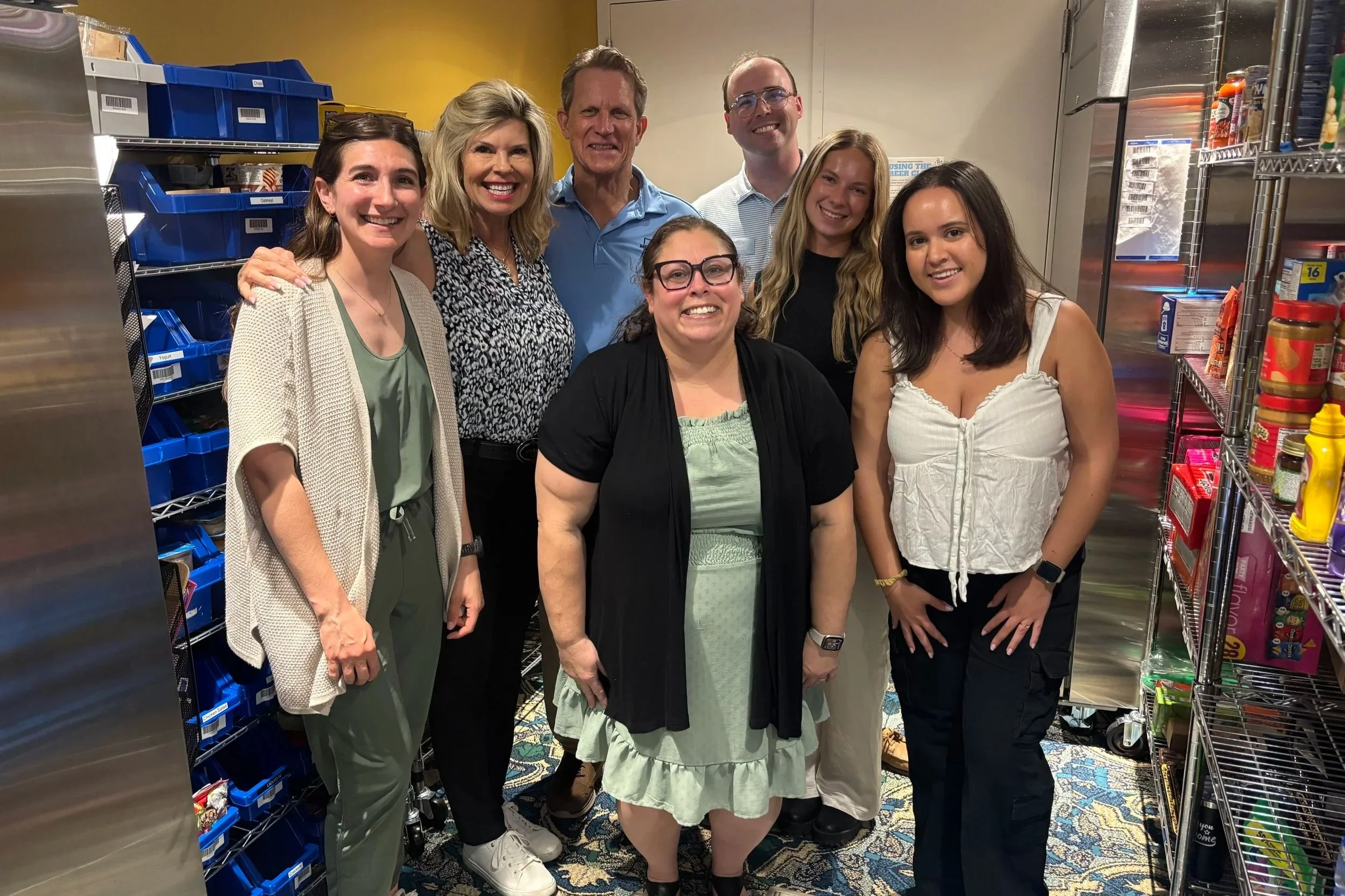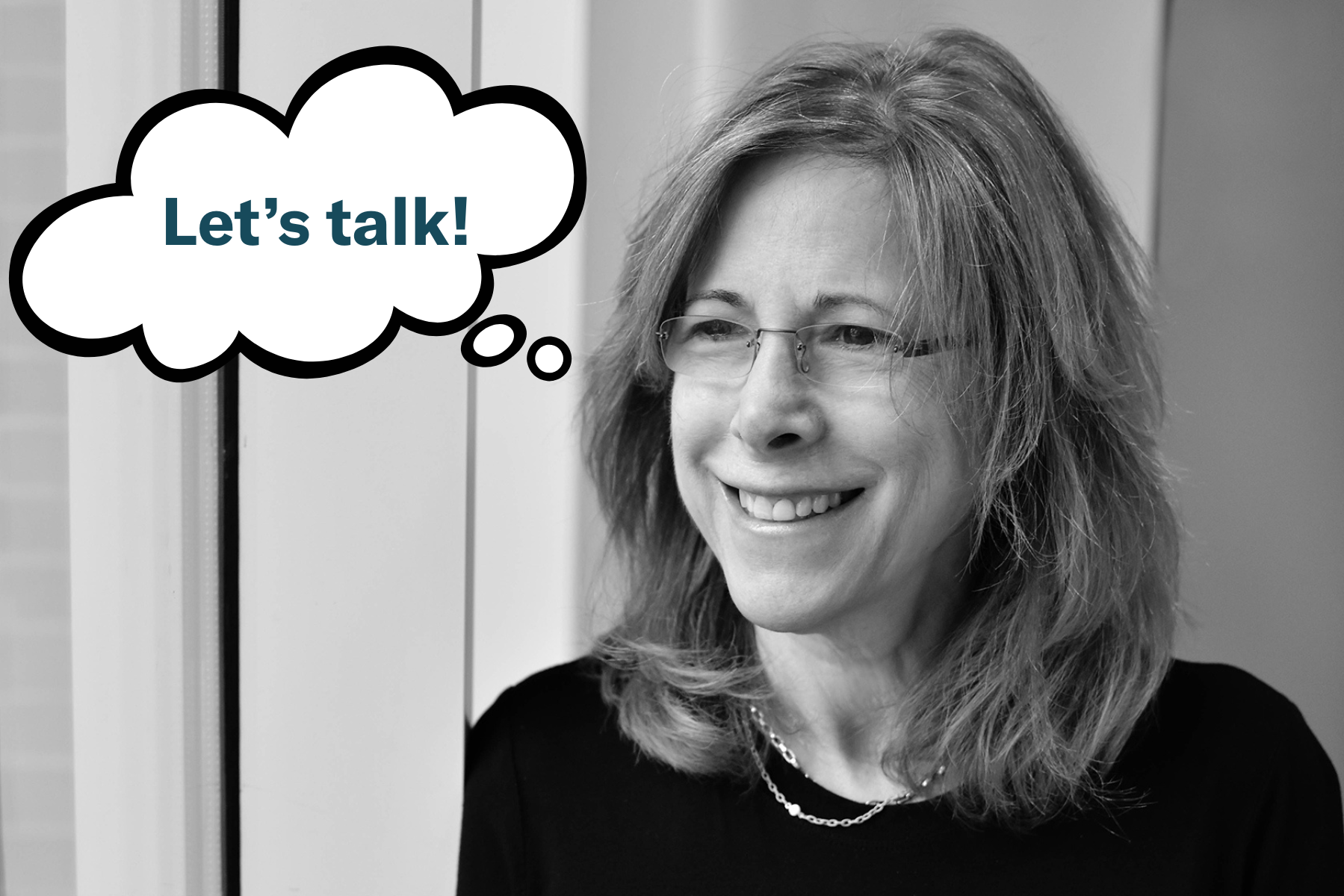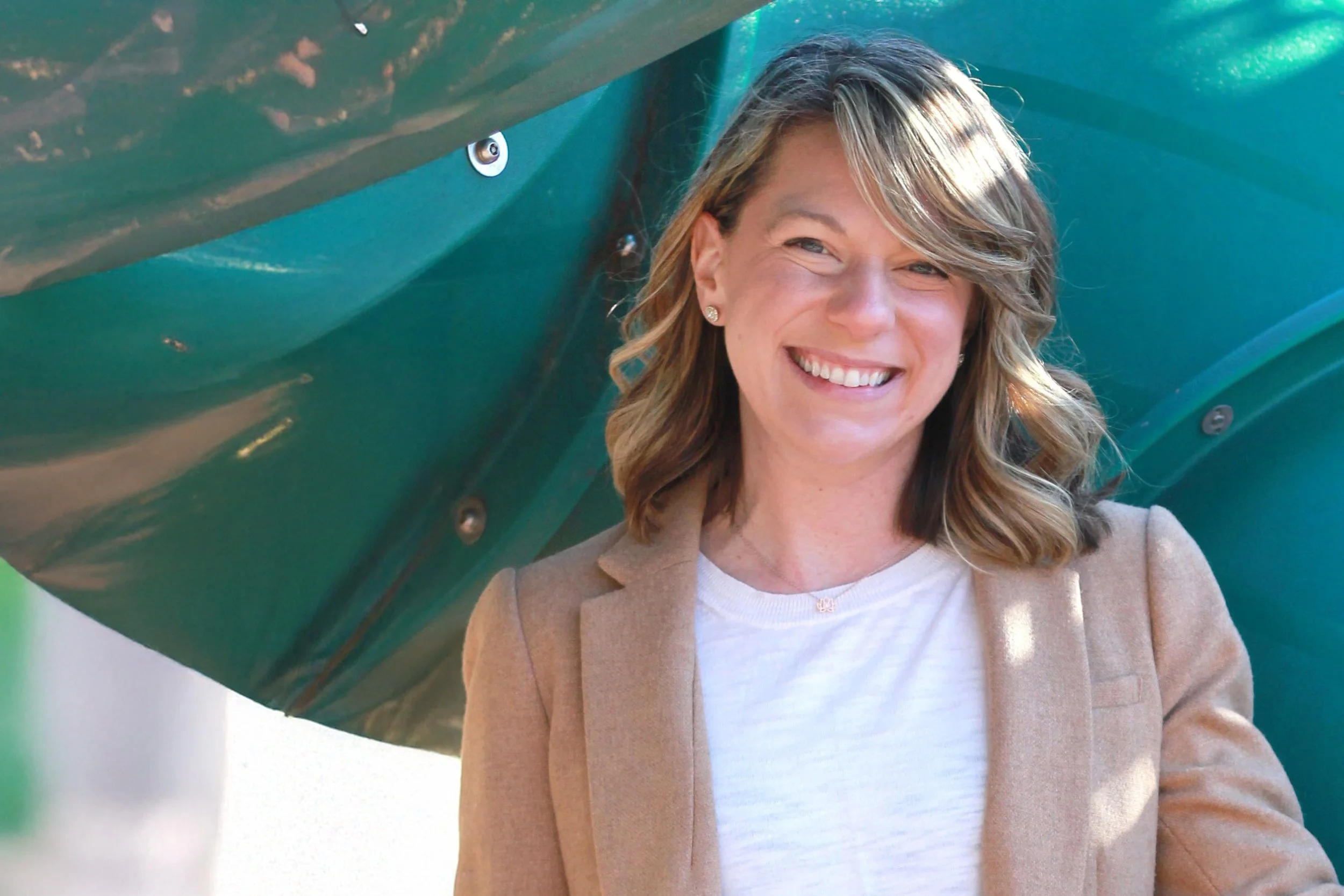Nonprofits can benefit from a tri-sector mindset
In May, a distinguished group—Colorado senators Michael Bennet and John Hickenlooper, Denver mayor Mike Johnston, and Dr. Lisa Roy, executive director of the Colorado Department of Early Childhood, among them—stood on a turf playground behind a red ribbon. They were there to officially open the Tamara M. Sparks Early Learning Center at Mile High United Way.
Like all nonprofits, Mile High United Way (MHUW) had a lot of fundraising and planning to do to get the much-needed education venue open. The organization gathered funds from private donations and grants. They also turned to the federal government, which, as part of a $92 million appropriation earmarked for Colorado, awarded MHUW $1.5 million to cover capital costs.
“That earmark was absolutely invaluable,” Chelsea Carver, MHUW’s chief development officer says. “What’s particularly awesome about that one is that capital funding from foundations and otherwise, especially within the last three to five years, is harder and harder to come by.”
More than 10% of Colorado families with children aged five or younger have unmet child care needs, according to the Colorado Health Institute. By diversifying its funding streams, MHUW was able to add nearly 60 childcare slots to an overburdened system.
This sort of multi-pronged approach is known in the philanthropy world as tri-sector funding, but it can—and should—extend well beyond dollars. Nonprofits can do a lot to improve their outcomes by utilizing existing, non-financial resources, attracting funding from varied sources, and also developing traditional and nontraditional collaborations.
What Is Tri-Sector Funding?
Most people have heard of public–private partnerships. Tri-sector funding is similar in that it involves combining resources, in this case from private, public, and social sectors. To be successful, though, nonprofits need to work toward a “tri-sector mindset,” says Jens Molbak, CEO/founder of NewImpact, a Seattle-based nonprofit focused on “tri-sector solutions.”
Molbak adds, “If you’re wise about using the existing resources then it saves the new money and the new financing for the things that are truly different and truly needed.” Tri-sector innovation is “not only a mindset and an approach; it’s actually a funding mechanism in and of itself.”
(For those who want to dive deeper, NewImpact has a suite of resources on its website, including a new AI innovation tool that is available for beta testing upon request.)
Another state project that successfully applied the tri-sector model is Colorado Mountain College’s Oral Health Care Clinic and dental skills lab at its Vail Valley-Edwards campus. Construction was supported by $3 million in federal earmarks, and additional dollars came from grants from organizations like the Delta Dental of Colorado Foundation and the Colorado Health Foundation. CMC is also partnering with Mountain Family Health Centers, which is providing the dentists for restorative care. CMC dental hygienist students will also work on-site, offering preventative care and gaining practical experience toward their degrees. Eagle Valley residents, including uninsured children and families, benefit by receiving critically needed oral health care.
“That is a nice example of various sectors and industry partners coming together for the good of the community,” says Kristin Heath Colon, CMC vice president for advancement and CMC Foundation CEO. “It’s really the win-win-win that you try to put together.”
CMC previously relied on a combination of county and federal funds and private foundation grants (including from MFF), in 2018, to assist in opening its Morgridge Commons location in Glenwood Springs, which is accessible to the broader community.
Money, of course, is just one part of this valuable trifecta—but it’s an essential one. A financial source that CMC tapped into that nonprofits sometimes overlook is congressionally directed spending (CDC), which is more commonly known as “earmarks.” CDS allows members of Congress to set aside federal funds for specific projects within their states. This financial outlet was brought back in 2021 after being unavailable for the better part of a decade.
These large grants “can be transformational,” Colon says.
How Tri-Sector Thinking Can Benefit Nonprofits
NewImpact’s Molbak has found that a cross-sector approach improves outcomes for organizations and makes it easier for them to scale. “It lets the financing they already have go further,” he explains. “They don’t have to raise the money they can essentially borrow from somebody else or [they can] leverage what’s already out there.”
CDS awards, in particular, allow organizations to be hyperspecific and hyperlocal in their funding asks—and get their priorities in front of some of the most influential people in the country. “What I think makes that so incredible is it gives the opportunity for these most basic, most intense needs to be amplified at a level where otherwise my little project would never have seen the light of day in a federal bill,” MHUW’s Carver says.
She points to the $500,000 check Congressman Jason Crow delivered to the nonprofit earlier this month to upgrade its 211 Colorado program as one example of shedding national light on a local idea. It’s like giving your project the Good Housekeeping seal of approval, Carver says.
CDS can also foster legitimacy and inspire confidence in a project from other potential donors or partners. “It gives it a nice endorsement,” says John Farnam, MFF managing director. “It shows that it’s not just a philanthropic endeavor. It kind of elevates the work of the nonprofit by indicating that it’s so important to our community and to our citizenry that we’re putting public dollars alongside philanthropy.”
The Challenges of Pursuing Government Funding
Like anything involving federal bureaucracy, congressionally directed awards can be slow to be decided and then slow to be released. CMC, for example, started initial conversations about CDS grants in March 2023, and it wasn’t until a year later, when they were already well into building the clinic, that the college learned it had received $3 million toward construction. Colon says they continued to fundraise and develop a plan to use the college’s reserve funding in the interim because earmarks are never guaranteed.
“The timing is the most difficult part,” she says. “They’re obviously very large, generous grants, and hopefully your timing matches up with the timing of Congress. We were thrilled this grant came through in our closing months of the project.” Construction on the clinic building was finished in May 2024.
It’s not only about timing—it’s about priorities. While the federal government has recently thrown its support behind capital projects, MHUW’s Carver points out that earmarks generally don’t aid programmatic or operational spending, so you have to be smart about what you’re seeking money for.
In addition, it can be challenging for understaffed and under-resourced nonprofits to invest the time and professional development necessary to dig deep into tri-sector possibilities, or for smaller organizations to have the proper guardrails in place to manage unwieldy applications and stay in compliance, those familiar with the process say. If the budget is there, it’s worth hiring consultants to facilitate the process. That’s also why nonprofits need to think beyond dollars to other resources.
Molbak, whose organization consults on these sorts of efforts, says leaders can start with smaller projects as a way to practice and hone the approach. As he puts it, “It’s like a new pair of glasses for how to see the world.”




